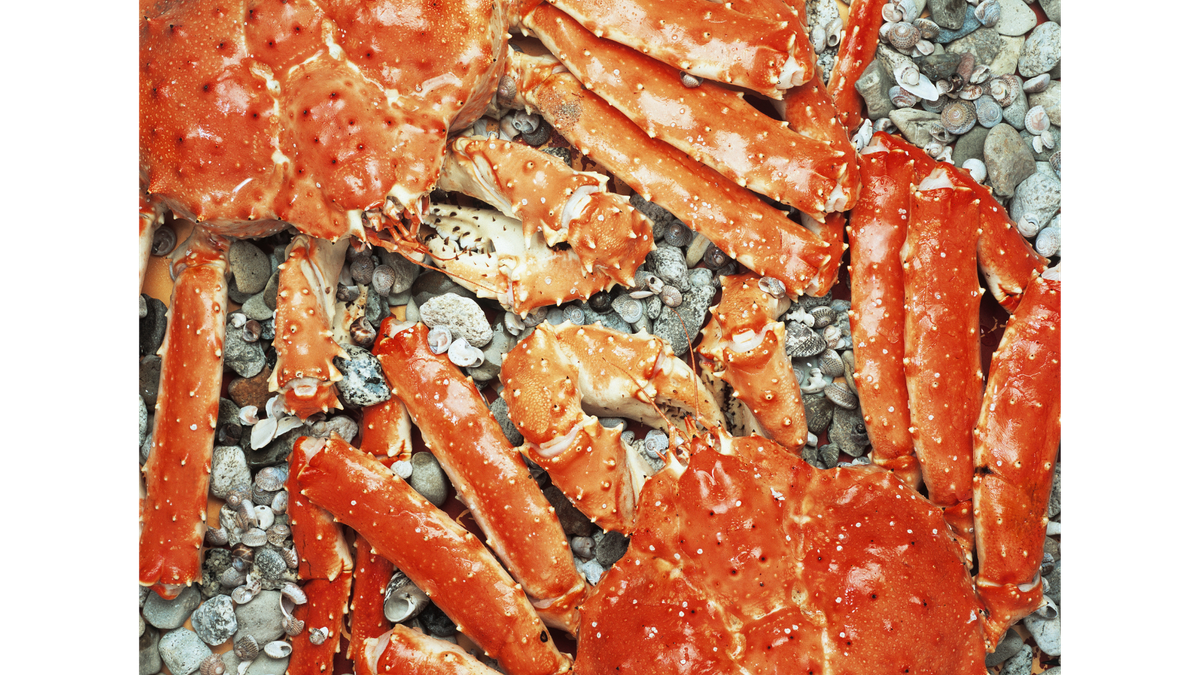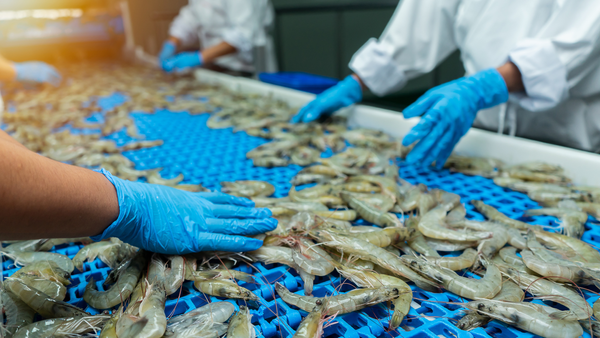Biden’s Second Attempt to Ban Russian Seafood is Here... but Will it Work This Time?
We'll break down the seafood requirements in President Biden's second Executive Order on banning Russian seafood imports and discuss what to expect moving forward.

Today President Biden signed an Executive Order to close a major trade loophole in his 2022 attempt to ban Russian seafood from the US. Executive Order 14068 was signed last March and banned exports of seafood from Russia to the US, but as we’ve previously discussed, it left a giant loophole because the vast majority of Russian seafood already made its way to the US by way of China, so it simply didn't work.
What It Covers
Who: The parts of this Executive Order that apply to commodities trade cover “fish, seafood, and preparations thereof; alcoholic beverages; non-industrial diamonds; and any other products of Russian Federation origin...that were mined, extracted, produced, or manufactured wholly or in part in the Russian Federation”
It explicitly includes all imports of seafood that was:
–Harvested in Russia’s national waters
–Harvested by a Russian-flagged fishing vessel operating anywhere in the world
and all imports of seafood products that were:
–Processed in Russia, even if it was caught elsewhere.
–Combined with any amount of Russian seafood, even if it was processed in another country.
What: Technically this action amends Executive Order 14068, so it is still an import ban. Executive Orders are actions the President of the United States can take unilaterally to direct federal agencies within their current authorities.
Where: This action will impact any country exporting seafood to the United States, as the US will now need to know if any of the seafood in the shipment was Russian origin. Specifically, this Executive Order bans all Russian-origin seafood from entering the US or US Foreign Trade Zones.
When: Unclear. Agencies are directed to act "as expeditiously as possible." Most likely, changes to trade data will roll out over several months.
**UPDATE: For the latest on implementation, click here.
Why: Russia’s invasion of Ukraine. The US is not calling Russian seafood environmentally unsustainable or unsafe - it is taking this action to weaken Russia's economy.
How: Implementation details are largely left to federal agencies to “prescribe rules and regulations to collect, including through an authorized electronic data interchange system as appropriate, any documentation or information as may be necessary” to enforce this order. I interpret this to mean changes to the US Customs and Border Protection (CBP)-Run Automated Commercial Environment (ACE) and Document Imaging System which are used to screen all US commercial imports. The Executive Order also likely applies to imports valued under $800.00 that are not filed in ACE, though those imports will be much harder to screen at scale.
What to Expect
As with any policymaking, the devil is in the details. Here's what I'm expecting over the coming months:
CBP will Start by Leveraging Existing Data
Sourcing information is already required for roughly 50% of US seafood imports to comply with NOAA and Department of State regulations. CBP can and should utilize sourcing data already filed in ACE (e.g. fishing vessel flags, fishing areas) to implement this Executive Order as a start.
New Requirements will Take Time
The path toward screening the remaining 50% of seafood imports for Russian origin remains unclear. Here are three likely options:
- CBP will require additional import data as it did to implement an Executive Order to increase tariffs on steel that was processed in Russia.
- CBP places the burden of due diligence on importers as it has under the Uyghur Forced Labor Prevention Act, performing supply chain audits as needed.
- CBP requires the exporting government to attest in a signed document that the shipment does not include banned seafood, as NOAA does with its Certificate of Admissibility program that bans highly targeted imports from Mexico and New Zealand.
While option 1 is by far the most scalable and effective, options 2 and 3 require less upfront work by federal agencies and might be the most expedient path forward.
More, More, More
There will continue to be calls to expand regulations like the Seafood Import Monitoring Program (SIMP) to cover all seafood, but this is unlikely as NOAA has publicly admitted that the program is not working as intended and recently launched an informal revisioning process. If SIMP were to be expanded in the near term, direction would almost certainly have to come from Congress.
Once advocates find a tool that works they tend to leverage it as much as possible. If this second attempt works as intended, expect a flood of commodities trade-focused Executive Orders that either ban goods or increase tariffs for a variety of countries and political issues. Plus, Executive Orders are popular in an election year as they showcase Presidential power and values and do not require collaboration with Congress.
As always, if you would rather not spend your Christmas vacation thinking about how your company will track and implement constantly changing trade requirements, consider giving Goldfish a try.





